The very best of Somerset, by the people who literally wrote the book
In their latest celebration of West Country people, places and produce, ‘Deepest’ book authors Fanny Charles and Gay Pirrie-Weir explore why Somerset is so different from its neighbouring counties.
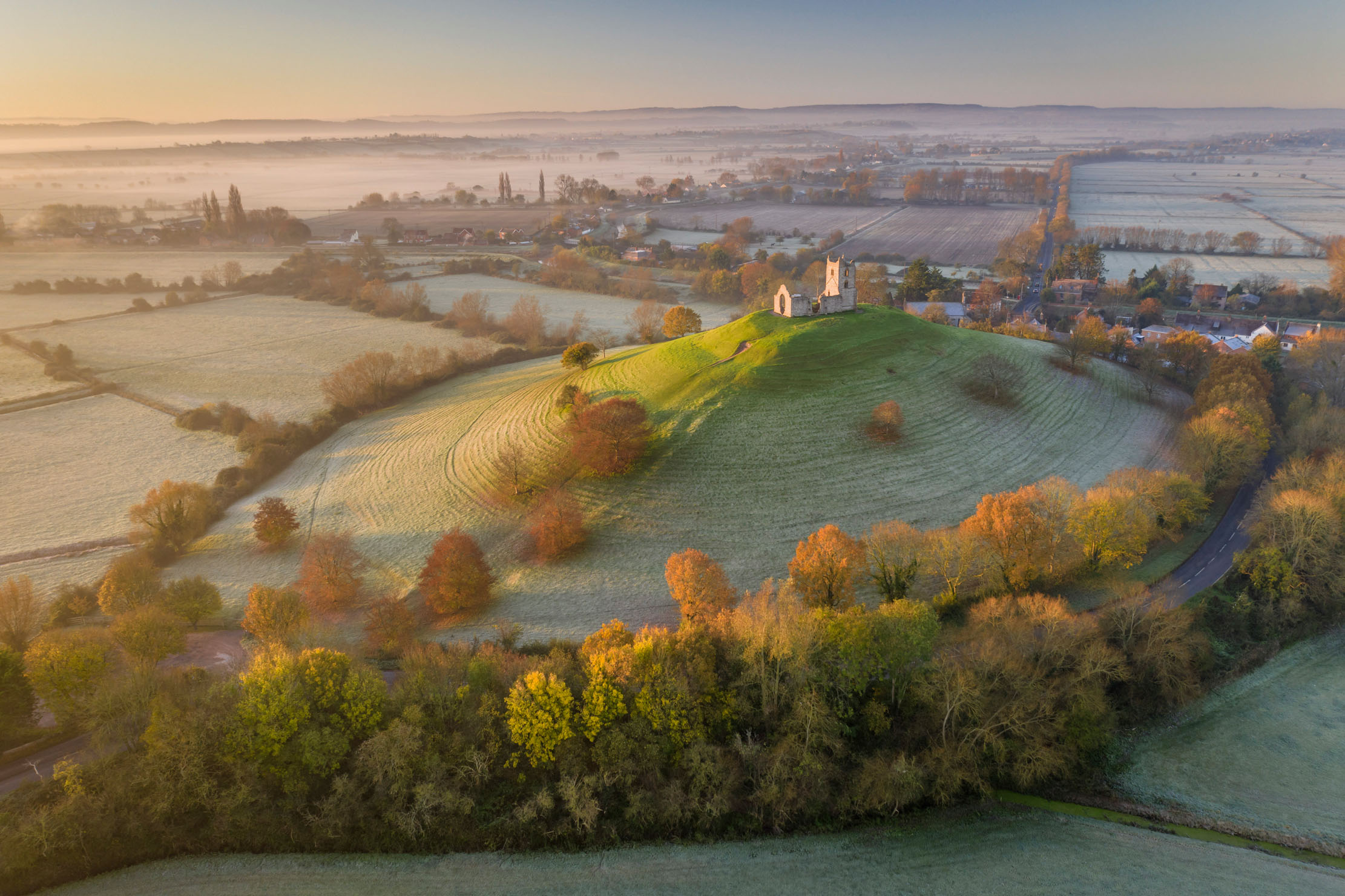

What is it that makes Somerset so special? The answer, as Arthur Fallowfield would have said, lies in the soil. Trodden and worked by generations of people and their animals, what is arguably England’s most fashionable county now produces some of our most exciting food, from legendary cider and traditional Cheddar cheese to yoghurt, charcuterie, oysters and even savoury granola.
The food community was one of the most compelling aspects of our home county when we started on our third ‘Deepest’ book, Deepest Somerset. Following in the successful footsteps of Deepest Dorset (2016) and Deepest Wiltshire (2019), Deepest Somerset again sets out to capture the roots of the unique county, neighbouring the others, but different in so many ways. The sales of all three books benefit local charities and each one is based on the ceremonial boundaries of the counties, before unitary authorities were dreamt of and edges massaged to suit electoral patterns.
Our Somerset takes in Bath and parts of Bristol. It’s home to nuclear power station Hinkley Point C, now Europe’s biggest construction site, Glastonbury Festival at Michael Eavis’s Pilton family farm, Cheddar Gorge, Henry the smiling vacuum cleaner and, increasingly, figures from the worlds of finance, showbusiness, politics and the media, nestling alongside the well-hidden landed gentry.

The introduction to Deepest Somerset, written by The Prince of Wales, stresses the importance of ‘agriculture’ — both parts of the word: ‘We dwell within the landscape that feeds us and within the culture that is derived from maintaining its rhythms and natural cycle.’
12 best things to see, do, eat and drink in Somerset
- Burrow Hill Cider, a traditional cider farm in Kingsbury Episcopi (01460 240782; www.somerset ciderbrandy.com)
- Coates Willow and Wetlands Centre at Stoke St Gregory, near Taunton (01823 490249; www. coatesenglishwillow.co.uk)
- East Quay, Watchet’s contemporary-arts centre, which opened in 2021 (01984 263103; www. eastquaywatchet.co.uk)
- The 625-year-old George Inn at Norton St Philip, near Bath, which boasts a colourful past featuring the Mon-mouth rebellion and Judge Jeffreys — butcombe.com/the-george-inn-somerset
- Gorges Granola, offerings from which include the savoury fennel and Aleppo pepper granola, at North Cadbury — gorgescooks.com
- Osip, a bijou, farm-to-table restaurant with a Michelin star in trendy Bruton — osiprestaurant.com
- Porlock Oysters — beach-harvested from the shores around Porlock Weir and then delivered, fresh as a daisy, to your door — porlockbayoysters.co.uk
- Red Barn Farm Shop at Hinton Farm, Mudford, near Yeovil, for asparagus — redbarnfarmshop.co.uk
- Renegade Monk, ale-washed artisan cheese from a farm near Temple-combe — felthamsfarm.com
- Wells Cathedral — don’t miss the Bishop’s Palace moat, the chained library and the magnificent scissor arches — wellscathedral.org.uk
- Worleys special-reserve keeved cider — chosen to launch Deepest Somerset — from the Mendip Hills — www.worleyscider.co.uk
- White Row Farm Shop at White Row Farm, Beckington, for vegetables, such as petit posy, also known as kalettes — whiterowfarm.co.uk
Somerset is the place where the English folk revival took root, planted by song collector Cecil Sharp, who heard a gardener singing The Seeds of Love in an orchard when he was visiting his friend the vicar of Hambridge in 1903.
Whatever changes the 21st century has wrought, Somerset retains its distinctive charms, often only yards away from the major roads that cut though the South and West. The picture-postcard Hamstone cottages can stand cheek by jowl with hidden rural poverty. The constant threat of flooding — who can forget Matilda Temperley’s 2014 images? — hangs over residents of the Levels. Our latest book aims to give an insight into the county, but, of course, the first taste comes from the food and drink it produces.
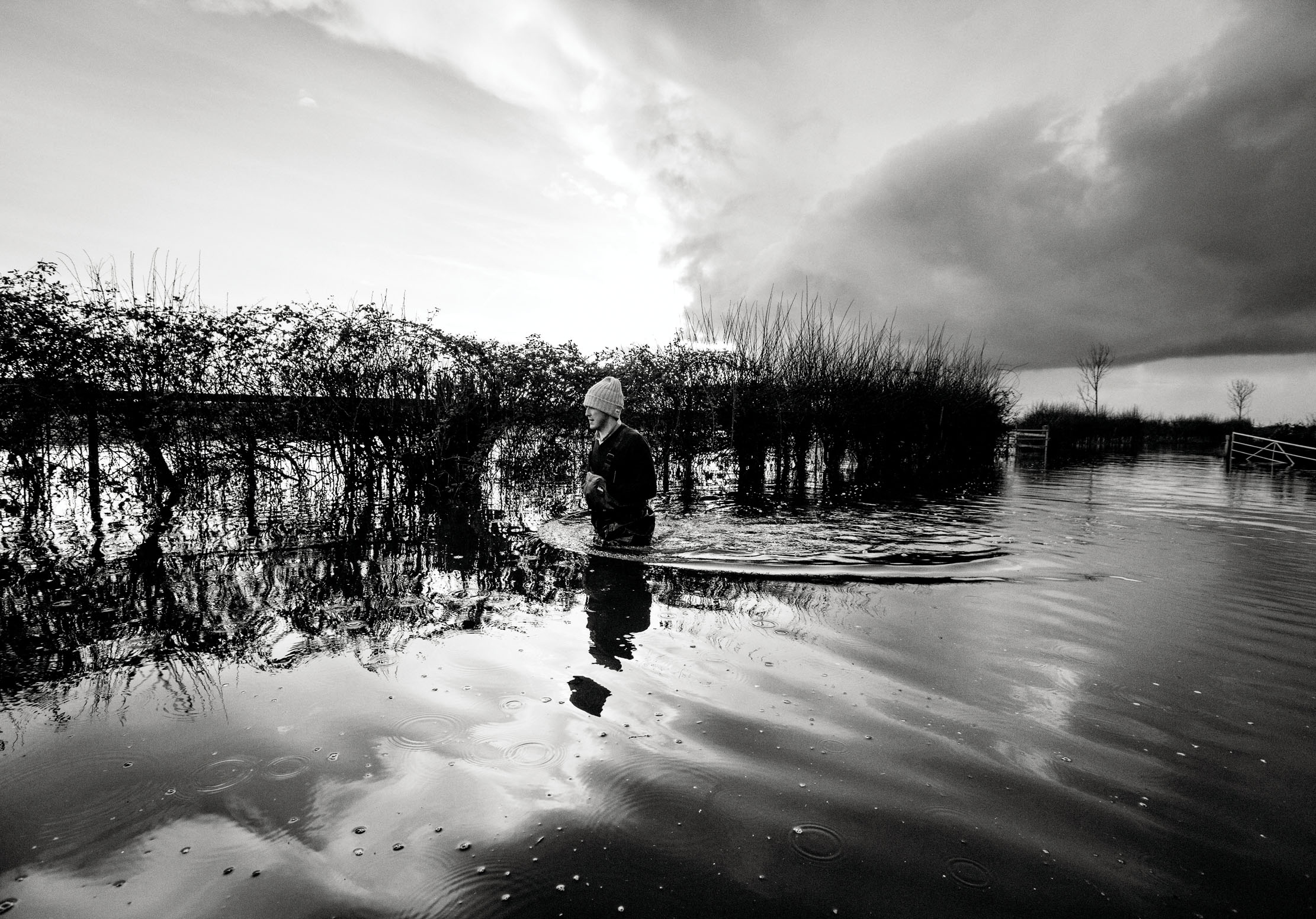
Somerset’s farmhouse Cheddar is one of the world’s great cheeses. Devotees have their favourites — Keen’s, based at 16th century Moorhayes Farm, near Wincanton, and Montgomery’s of North Cadbury are the best-known makers of unpasteurised traditional Cheddar. The Barber family has been making cheese at Ditcheat since the 1830s, but Tom Calver’s Westcombe and Pitchfork are examples of newer iterations, made by the Trethowan brothers, who brought their famous Gorwydd Caerphilly to Somerset when they moved here from Wales.
Sign up for the Country Life Newsletter
Exquisite houses, the beauty of Nature, and how to get the most from your life, straight to your inbox.
Historically, farmers’ wives were the cheese-makers — George Keen’s son, James, is the fifth generation, continuing a tradition started by George’s great-aunt Ginny in 1899. Each generation masters the ancient alchemical process of ‘Cheddaring’ — converting curds and whey into solid cheeses, which are then wrapped in cloth and matured for up to 20 months. The Keens have a state-of-the-art, on-demand milking system. As do Calver, Montgomery and the Trethowans, they use raw milk. ‘Because it’s not pasteurised, it has a lot more flavour,’ explains Mr Keen.
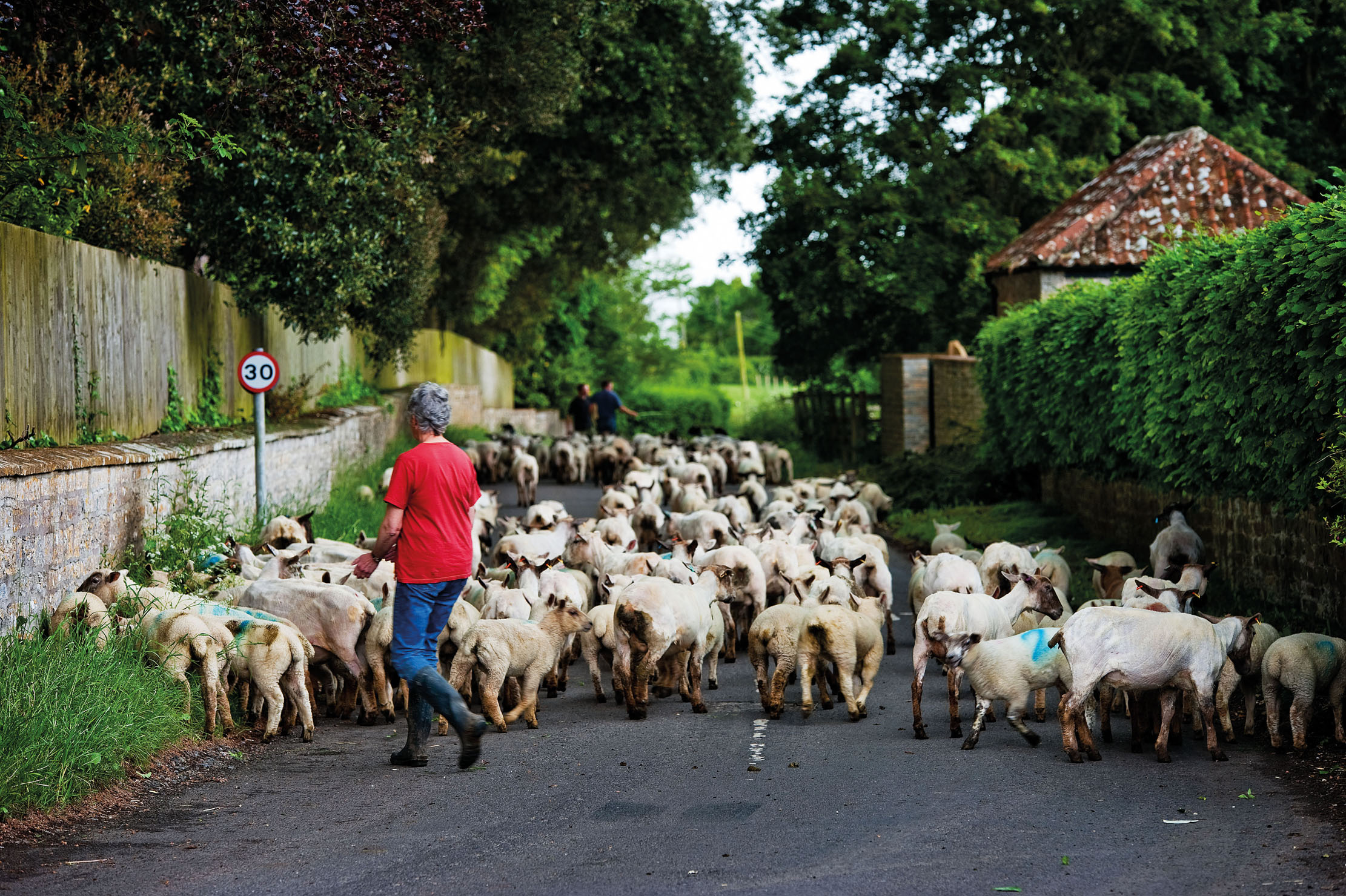
Somerset’s dairy industry ranges from Yeo Valley Organic, run by Tim Mead on his family’s north Somerset farm and now the UK’s biggest organic brand, to rich Guernsey milk and cream from Hurdlebrook Farm at Babcary. Roger Longman produces multi-award-winning White Lake cow’s-, sheep’s- and goat’s-milk cheeses at Bagborough Farm.
If dairy milk is the rich food that flows through Somerset’s veins, apple trees are its backbone. Apples are at the heart of the county’s traditional culture — the ancient wassail ceremonies continue, summoning a bounteous cider harvest. Wassail, Somerset’s theatre company, makes plays inspired by local life, including cider and folk tales.
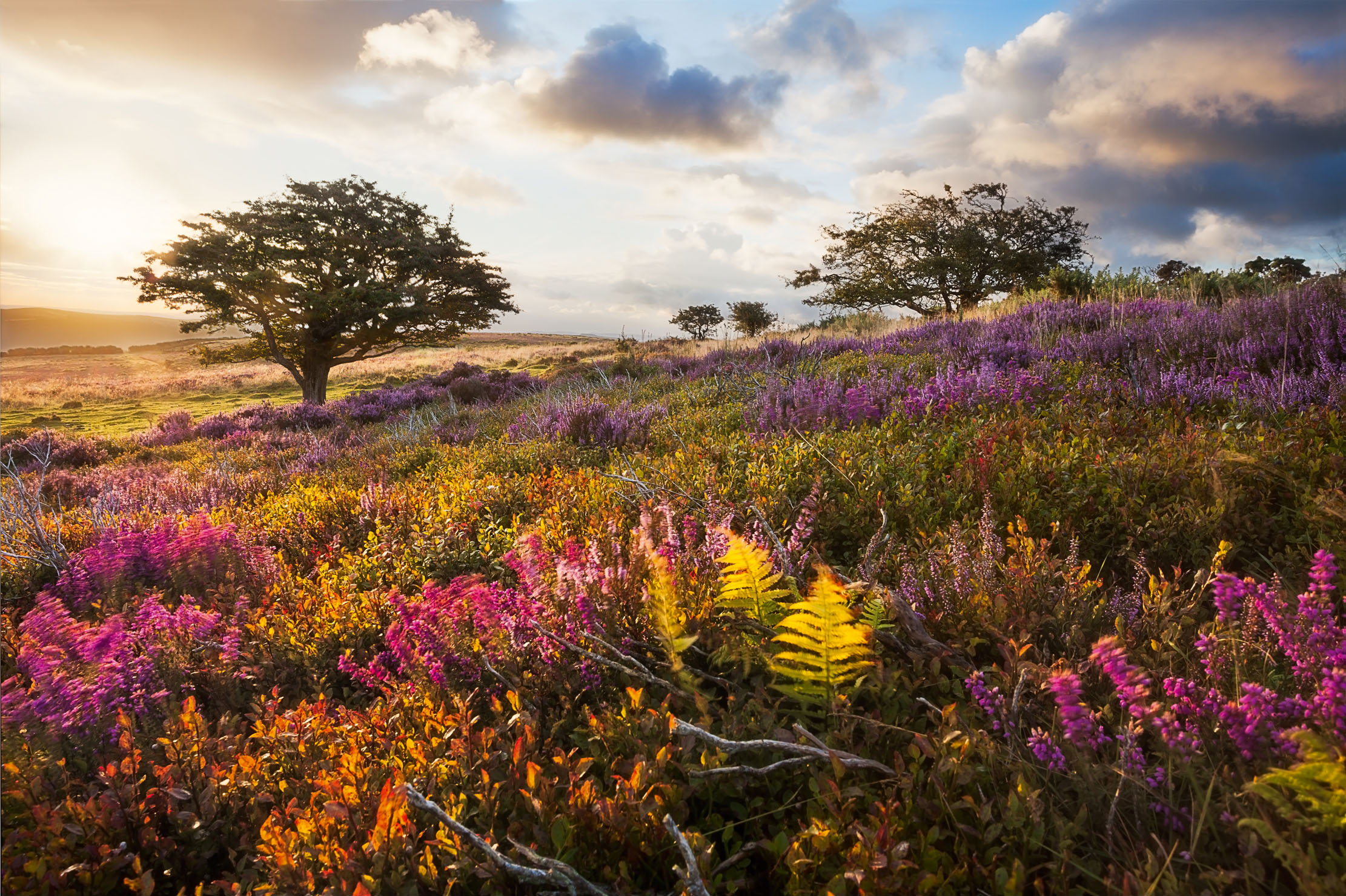
In a vigorously contested field, Somerset’s claim to be the home of cider is stronger than most. Fine producers include Hecks at Street, Rich’s near Highbridge, Worleys, near Shepton Mallet, and Burrow Hill at Kingsbury Episcopi, where Julian Temperley produces not only great cider, but also Somerset Cider Brandy. Mr Temperley fought a long, ultimately successful, battle against bureaucracy and the pride of Calvados producers to be able to call his product ‘cider brandy’. Now, his photographer daughter Matilda runs the business.
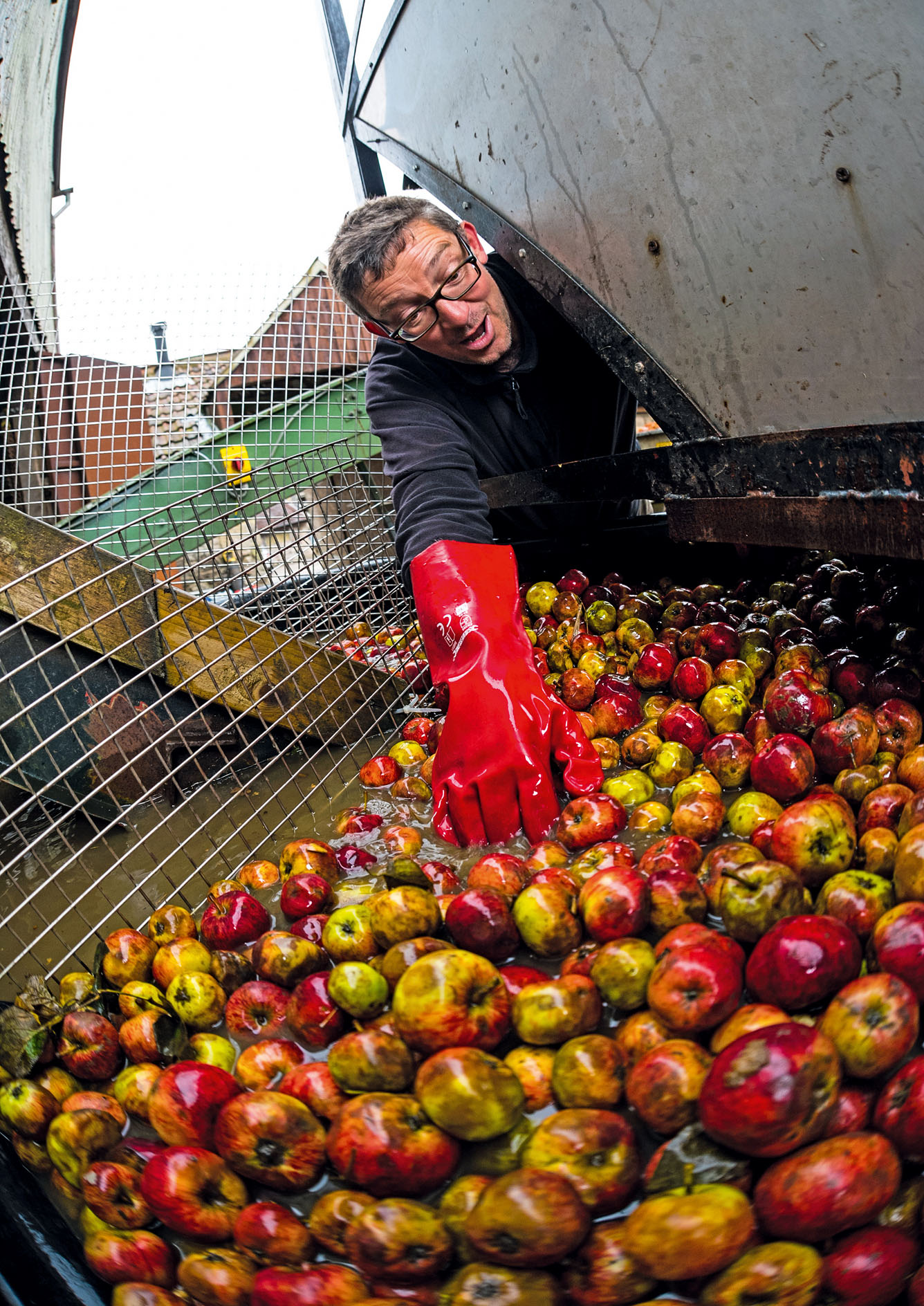
The current cider revival follows decades of neglect and destruction of orchards. Cider historian James Crowden describes the best artisan ciders as ‘a rare taste for connoisseurs’, unlike ‘that stuff made from imported apple concentrate’, enthusing: ‘It is the high-tannin varieties of cider apple that make cider what it is, a remarkably deep and complex drink, which can mature for many years.’
Somerset-born Mulberry founder Roger Saul now grows spelt and makes a range of cereal products from his home at Sharpham Park, a former deer park and home of the Abbots of Glastonbury. Inspired by the dietary needs of his late sister Rosemary, he researched spelt, emmer and einkorn and began to grow spelt. The mill on the Levels now processes about 3,000 tons a year.
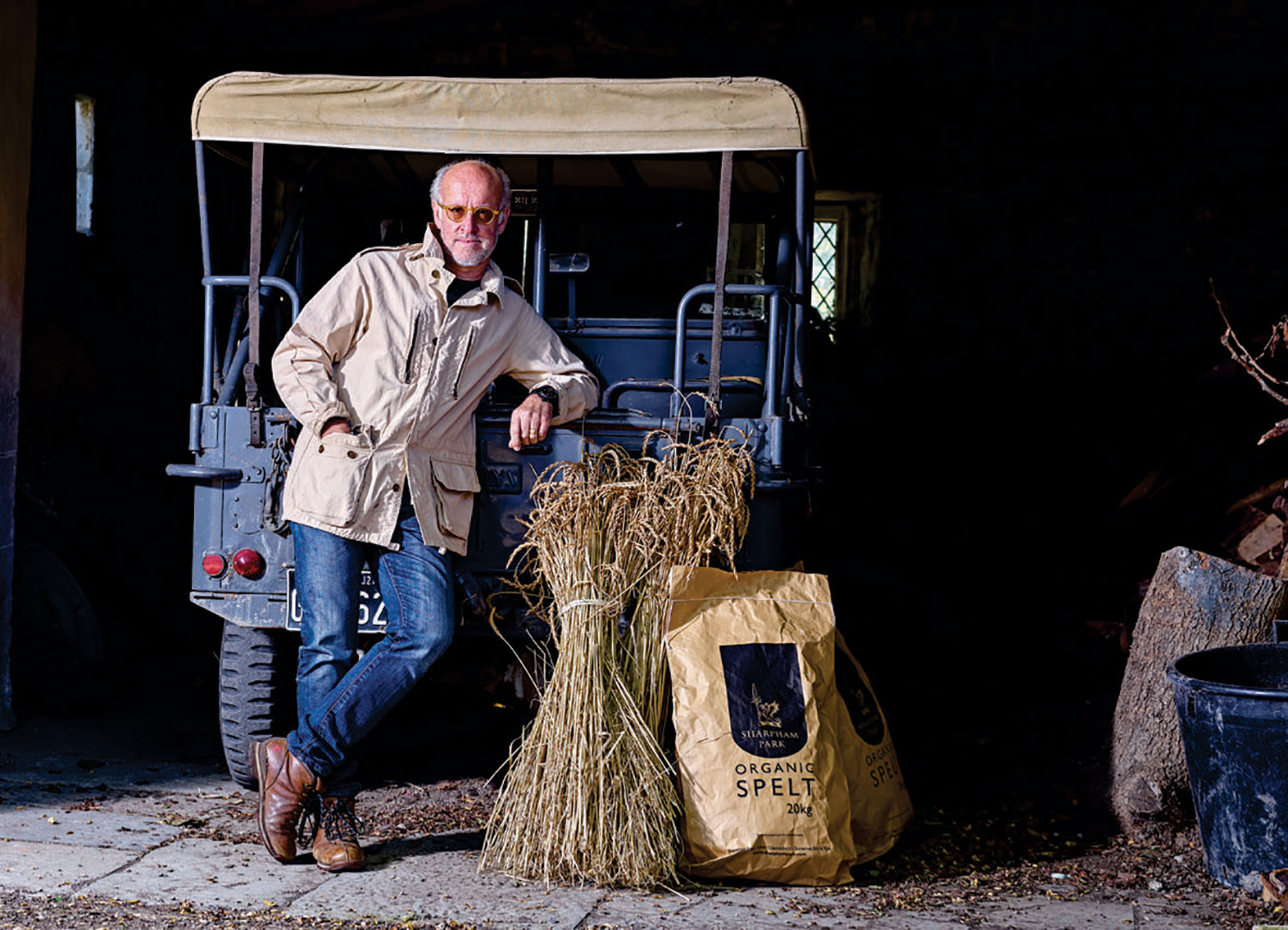
Andy Venn and James Simpson discovered a mutual passion for curing meat and making salami when their daughters became friends at school. Over a pint of cider at a lawn-mower race, they decided to make charcuterie that would become the first choice of British chefs. They opened Somerset Charcuterie in 2014, at Wrington, and now one of their most successful products is the very rare culatello, a premium air-dried cured pork made from the largest muscle of the hind leg of Somerset pigs, judged the best charcuterie product at the British Good Food Awards in 2019.
All proceeds from the sale of ‘Deepest Somerset’ (£25) are donated to three locally focused charities: the Farming Community Network in Somerset, the Children’s Hospice South West (Somerset) and Somerset Community Foundation. To order the book or for more information, visit www.deepestbooks.co.uk
Country Life is unlike any other magazine: the only glossy weekly on the newsstand and the only magazine that has been guest-edited by HRH The King not once, but twice. It is a celebration of modern rural life and all its diverse joys and pleasures — that was first published in Queen Victoria's Diamond Jubilee year. Our eclectic mixture of witty and informative content — from the most up-to-date property news and commentary and a coveted glimpse inside some of the UK's best houses and gardens, to gardening, the arts and interior design, written by experts in their field — still cannot be found in print or online, anywhere else.
-
 The King's favourite tea, conclave and spring flowers: Country Life Quiz of the Day, April 22, 2025
The King's favourite tea, conclave and spring flowers: Country Life Quiz of the Day, April 22, 2025Tuesday's Quiz of the Day blows smoke, tells the time and more.
By Toby Keel
-
 London is the place for me* (*the discerning property buyer)
London is the place for me* (*the discerning property buyer)With more buyers looking at London than anywhere else, is the 'race for space' finally over?
By Annabel Dixon